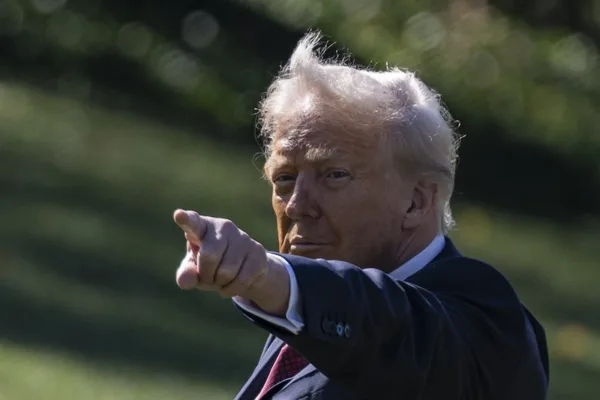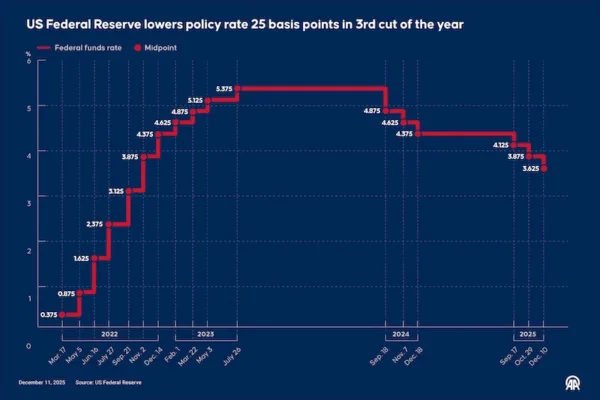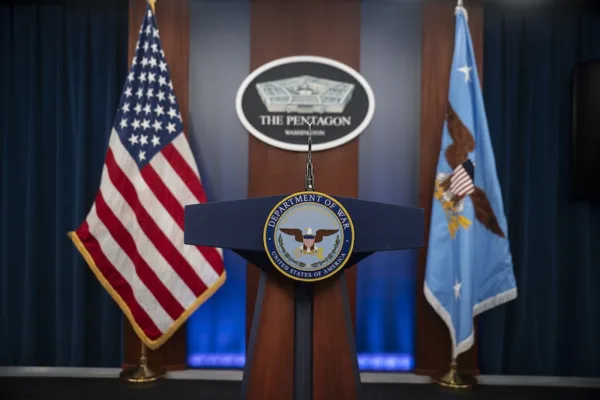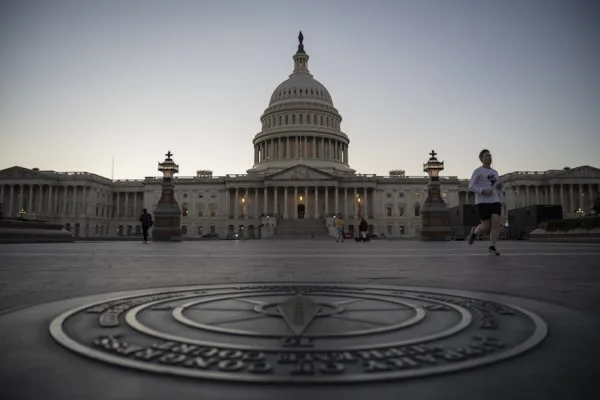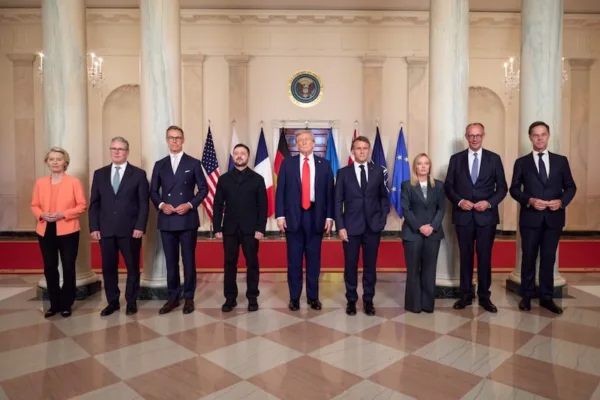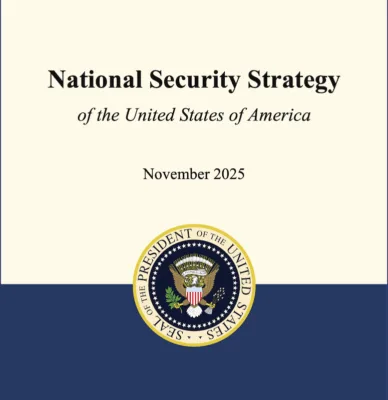How the US is dealing with China’s economic hardships

U.S. Commerce Secretary Gina Raimondo focused on managing trade issues between the two countries during her four-day visit to China. Following her meeting with her Chinese counterpart Wang Wentao, Raimondo announced the creation of a joint forum to reduce tension. She emphasized that the Biden administration would not compromise on national security by advocating for restrictions on chip exports. Raimondo’s visit marked the first by a U.S. Commerce Secretary to China in five years and followed visits by Secretary of State Blinken in June and Treasury Secretary Janet Yellen in July. It is clear that the Biden administration is continuing its economic struggle with China while attempting to reduce rising tensions to safeguard American economic interests and capital in the country.
Economic Challenges in China
The Biden administration’s efforts to ease tensions can be seen as an attempt to capitalize on the period of economic difficulties China is going through. Looking at the growth figures for the first two quarters of this year (2.2% in the first quarter and 0.8% in the second quarter), it is evident that achieving the annual target of 5% will not be easy. U.S. restrictions and Western companies seeking alternatives have led to a noticeable decline in China’s exports.
In the first six months of the year, China’s share in U.S. imports was 13.3%, the lowest in the past 20 years. With significant drops in foreign investments in China, challenges such as deflation and youth unemployment need to be addressed. Secretary Raimondo’s discussion of pressure on Western companies indicates that Washington is aware it may be able to secure more concessions from China during such a challenging period.
Effects of the Trade War
It is well-known that the U.S. has been trying to reduce its dependence on China for some time. Washington realized that China’s supply chain dependency became a national security issue, especially with the onset of the Covid-19 pandemic. The anti-China rhetoric of the Trump administration evolved into a policy aimed at rebalancing bilateral trade in favor of the United States. The introduction of additional tariffs on Chinese goods and efforts to block the export of critical technologies became a consistent economic warfare policy, along with Biden’s chip export restrictions.
As a concrete example of the policy’s effects, we can look at Boeing’s inability to deliver 85 aircraft produced for Chinese airlines. In response, China attempted retaliation by prohibiting Chinese companies from purchasing chips from Micron and by not approving Intel’s acquisition of Tower Semiconductor. The Beijing government is increasing pressure on Western technology companies domestically to leverage its cards.
During her visit, Commerce Secretary Raimondo issued a warning that China would become a “no-investment” country, effectively sending a signal. She stated that they wanted to improve bilateral relations and were not targeting China, emphasizing that their main goal was to prevent undermining American national security. Raimondo’s efforts to reduce tension, in response to Chinese officials’ accusations that the U.S. is trying to hinder China’s economic development, are clearly aimed at protecting American companies’ interests.
The private sector, which has been adversely affected by the trade wars, is hopeful that both sides will move away from their national security concerns and take steps to facilitate trade.
Continuing the Economic Struggle
In American politics, there is broad acceptance of the thesis that continuing the economic struggle with China is a matter of national security and that China is the only country with the potential to disrupt the United States’ global leadership. Surveys indicate that the negative view of China among the American public has strengthened, while it is also known that the trade wars have had a relatively minor impact on the American economy. The influence of Trump, who transformed the classical Republican Party, which was the strongest advocate for removing barriers to free trade, is evident in the anti-China rhetoric of Republican candidates.
Considering these dynamics, it can be said that the economic competition between the United States and China has negative effects on both sides, but China may be coming out of it worse off. Biden’s success in not only reducing American economic dependence on China but also convincing his allies in that direction is a significant handicap for Beijing. While a complete rupture is unrealistic due to mutual interdependence, Washington is aware of the difficulties facing the Chinese economy and is trying to seize the opportunity to mitigate the damage perceived by Western companies. In this context, it is important to note that softening relations and engaging in dialogue processes do not imply that the United States is giving up its economic struggle with China.

